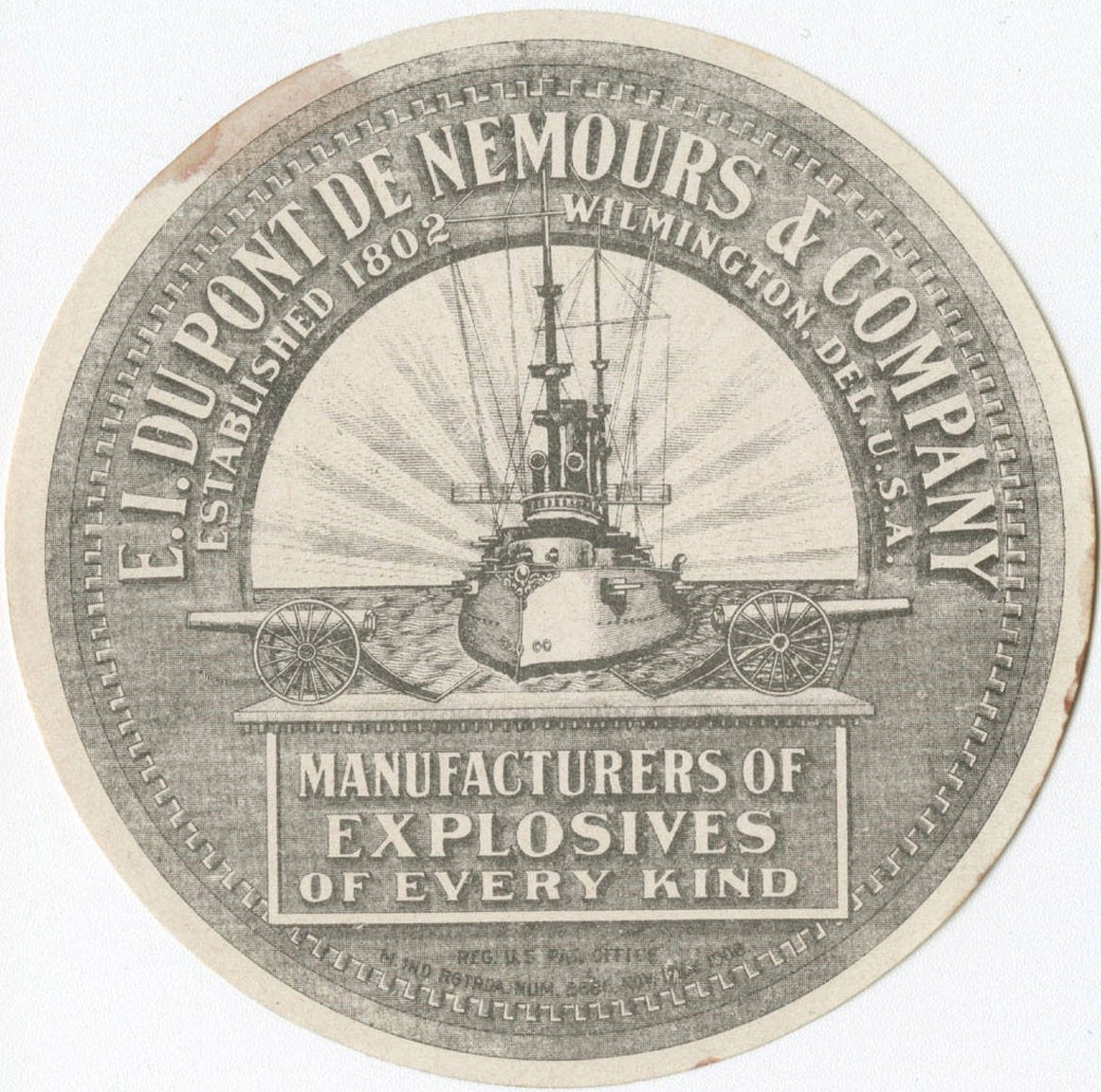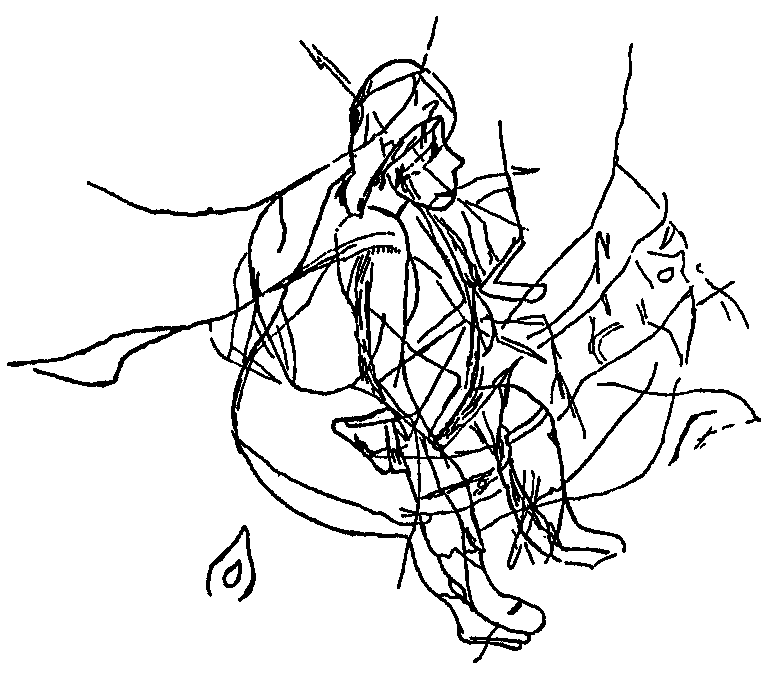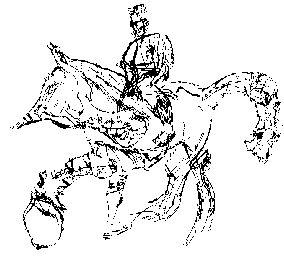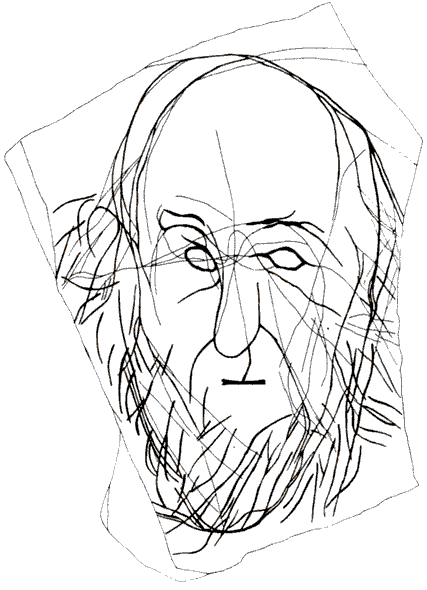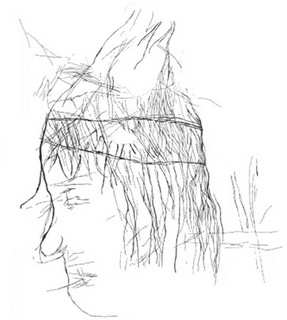5 Horrifying Realities of Daily Life in Medieval Times
/History has amazing highlights and the civilizations that helped build the world we know of today have a lot to take credit for. From the monolithic pyramids at Giza to the brilliant and provocative artworks of the Renaissance, you would think that living in any of the centuries when mankind was reaching for the stars is something you would want to witness and participate in, but you may want to think twice about it.
While being a badass knight might sound epic to you or being one of Socrates’ valued students is a high honor, it’s the things that happen in between the knightly duties or the lessons at school that you should take heavily into consideration. Daily life in the Medieval Ages or Ancient Rome isn’t as glammed up to be, and the things we have read in our school’s history books have been, pretty much, filtered down to suit the taste of a general, more wholesome audience. Here are five horrifying realities of daily life in the early centuries of the world!
5: Plumbing Problems
One of the greatest inventions introduced into human civilization is indoor plumbing. It is something we take extremely for granted on a daily basis. To us, it’s just part of a routine we go through every morning. We sit, we flush, we wash, and once our business is down the drain and off to the sewer system, it is not our business anymore. As they say, out of sight, out of mind. Sadly, the same cannot be said for people living in the days preceding indoor plumbing. Voiding your bowels is an almost non-stop horror movie that you have to live through every waking day and every waking moment of your life.
Take the Ancient Romans for example. You would think that for a civilization that has pioneered a revolutionary system for irrigation through the aqueducts, they would have found a solution to their plumbing problems. At the height of their Empire, the Romans did have a way of meeting the daily demands of bowel movement through a public toilet system. However, there was no sewage management system in place when it comes to dealing with human excrement. The public toilets were also a horror show regarding hygiene, and one would already be risking his health by simply sitting on one of the latrines with pipes that lead directly to a river of poop directly below. Believe it or not, you are even at risk of catching fire using one of these public facilities because of a large amount of methane buildup that’s steaming out of each toilet seat.
The medieval age was no better. In those days, people tried to be innovative and creative regarding getting rid of their offal. Some would dig cesspits and bury their waste, but it would eventually spill over to a neighbor’s yard. One woman named Alice Wade created a sophisticated wooden pipe system that ran underneath her neighbors’ yards and home and led directly to the street where her waste would end up. It was a clever contraption up until it clogged and backed up her neighbors’ sewage and, of course, you can’t fail to notice the accumulation of poop on the street. If you think this is already horrific, most people in those days simply went in the streets or wherever it is that they need to do their business in buildings, public squares, and marketplaces.
Number 4: Traveling Can Be Tricky
Another everyday activity that we can freely do these days is traveling. With the convenience of modern transportation, we can safely move from one place to another no matter the distance. Traveling abroad – or even to a nearby town – back in the day, is a completely different story.
We have all seen the movies where commoners traveled armed only with a walking stick and a rucksack filled with their personal belongings. They would be lucky if they had a horse to ride. One of the most challenging parts of traveling in the ancient world was a safe and clean place to rest. In fact, many travelers had no choice but to sleep out in the open and be vulnerable to the elements and either freeze to death or be attacked by wild animals. Travelling in a group may sound like a logical way to keep safe but you would still run the risk of armed bandits who would not think twice of slitting your throat before running off with your belongings or, in a sudden, ironic twist of fate, run the risk of being robbed and murdered by your companions should conditions become rough.
Ignorance of local customs in a foreign land may also prove to be a problem. Language barriers are the obvious hurdles but in times where political disputes and territorial skirmishes abound, being misinformed of the goings on may land you a one-way ticket to prison – if you’re lucky.
It also goes without saying that food and water can be a problem when you did not plan out your supplies correctly. Food poisoning is rampant especially if you end up foraging and hunting for food that could potentially do more harm to your body than you think. An inn or a monastery are relatively safe places to find lodgings and food to eat, granted that is the elements or bandits did not get to you first. Even the most sophisticated traveling party can be susceptible to the horrors of traveling abroad. Injury and accidents are as common as the air they breathe. In one account in 1190, Holy Roman Emperor Frederick I met his untimely death when he drowned crossing the Saleph river during the Third Crusade. I think it’s safe to say that, back then, if you don’t have to go anywhere important, it’s safe to stay at home.
Number 3: No Quarter for the Unemployed
In any government in any country and any economic system, unemployment is a necessary evil in the cogs of industry and progress. Today, we treat the unemployed humanely and offer help in the form of welfare, career counseling, and many other programs that can help anyone get on their feet and start building a life. I wish the same could be said centuries ago especially in the Medieval Age.
For example, being unemployed in 16th Century England is somewhat considered as a criminal offense. Because the unemployed had to wander and travel from one town to the next looking for any means of income, they would often be seen by law enforcement and other locals as vagrants and are swiftly thrown in jail. Well, the lucky ones at least. More often than not, the unemployed are tied to carts and dragged around town while being flogged and whipped to a bloody pulp. Talk about motivation. However that all changed in 1547 when the flogging law was changed and, instead, a vagrant could have the option of either being branded like cattle or be sold into slavery.
By the time 1600 rolled in, a new set of laws were passed that offered rewards to people who would capture and bring in vagrants. It was, as you can assume, a terrible plan to get the jobless off the streets as most people opted to make this a lucrative form of living by simply tackling and picking up anyone they find sleeping on the streets or suspect of vagrancy.
The government was not at all evil. In some form, they did provide assistance to the poor and the jobless. However, as part of the deal, they will be asked to wear a badge with the letter “P” stitched into it to identify them in a crowd. If an individual refused to wear it, he or she would be fined an equivalent of two weeks’ wages: wages that they did not have in the first place and could not have because they don’t have any form of employment to earn it.
Number 2: Being a Woman is Real, Ridiculously Tough
The Ancient World, hands down, is brimming with misogyny and testosterone that many societies – except for some that also put women in high regard as their male generals like Sparta – treat the fairer sex as second class citizens and just a means of producing offspring.
A woman’s ordeal in the ancient world begins at birth. In Athens, it was common practice for a couple to leave their new born, a female child exposed to the elements to die.
Rome is no different. Especially in poor families, parents would often choose to raise a son than a daughter saying that a female child is far too burdensome and costs a lot more money to rear. Most families who do have a female infant would opt to kill the child or leave it exposed to the elements instead.The virtue of also keeping your virginity if you were a woman back then was a matter of life and death. An Athenian man who finds out that his unmarried daughter is no longer a virgin will sell her into slavery in the blink of an eye.
Another gruesome story happened in Rome when a priestess of the goddess Vesta lost her virginity before reaching the age of 30. She was promptly buried alive; and in Israel, a woman who lost her virginity before tying the knot could be dragged into the streets and be stoned to death.
Thinking of a dream wedding? Well, if you were living in the days of the Ancient Romans and the early centuries of the Chinese and Japanese empires, you better forget it. Back then, brides were secured by abducting them through invasion, war, and whatever conquest their empires are enterprising on. In some parts of China, the kidnapping of brides was not outlawed until the 1940s. Without kidnapped brides, the Roman Empire would have probably collapsed and crumbled early with accounts of it being told in several legends such as the kidnapping of the Sabine women.
Number 1: Death by Common Cold
It goes without saying that the field of medicine is yet to make a revolutionary step forward in the days of the ancient Greeks, Romans, and even the Medieval Ages.
In fact, most deaths that aren’t attributed to illnesses are caused by tiny injuries like cuts and scrapes that, left untreated, led to a severe infection that spread to the vital parts of the body. If a person is lucky, he gets to keep his life but lose an infected limb or two. Among women, childbirth is one of the leading causes of death because of unsanitary practices and environments. An infant is also at high risk of dying due to mishandling and various forms of bacteria present in the surroundings.
Wealth and status are no guarantee to keep you in perfect health. However, history has seen more deaths in crowded urban areas than in far off farmlands. Maybe it is because of the unsanitary conditions of the cities. For one, no one knows where to throw their poop or where to poop. The Black Plague is a result of the lack of upkeep in the cities that has cost millions of lives across Europe. Suffice to say that, with the combination of an overcrowded urban landscape and poor medical information, simply catching the common cold signs you a one way trip to the grave in a matter of days.





































![Econproph [US Economic History]](https://images.squarespace-cdn.com/content/v1/592efec76a49630d55a0d440/1500305410787-7FPTUUOZ2S49MQ2MYHMV/CAB_1918_Morgan_John_Pierpont.jpg)


